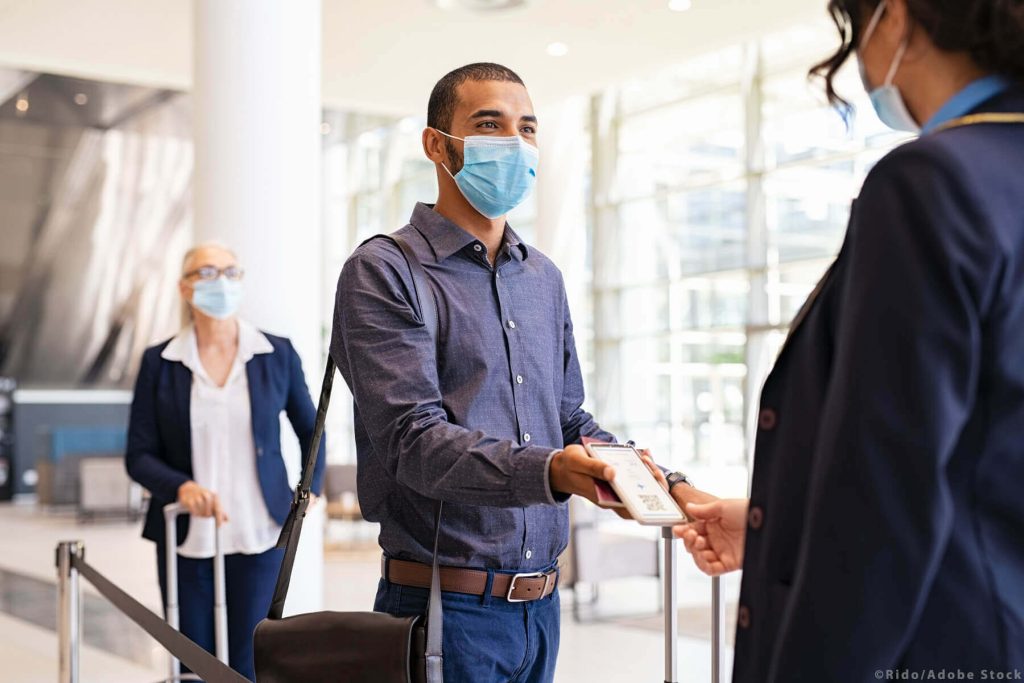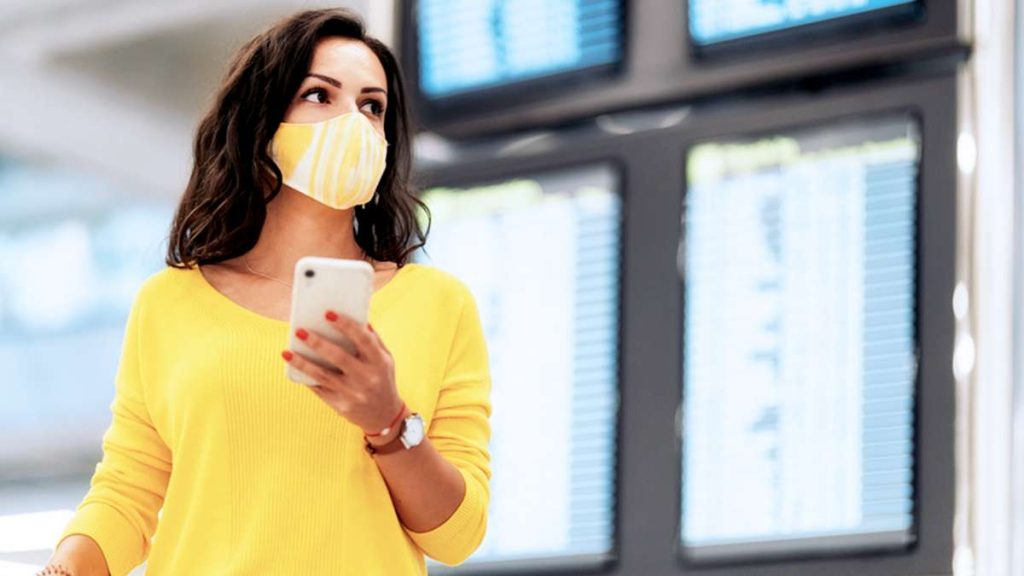Australia is a world-class travel destination that many tourists and backpackers dream of visiting. It boasts natural attractions such as its landscape, beaches, and wildlife. Moreover, travelers can marvel at the history, culture, and cuisine unique to the Land Down Under. The continent promises an adventurous travel experience like no other, which is why it continues to be popular with all kinds of travelers across the globe.
However, as with other parts of the world, tourism in Australia has changed post-COVID. Many international travelers, while still interested, worry that travel restrictions may stop them from visiting famous tourist spots. Some may be thinking about whether or not the Australian government allows travelers from their country.
That said, if you’re planning to visit Australia for the first time as international travel restrictions ease post-COVID, here’s a guide you may find helpful!
1. Travel Requirements Of Transport Operators

Source: schengenvisainfo.com
Many people planning to visit may also be thinking about how to remain safe when traveling by air, sea, or land. To ensure safe and hassle-free travel, contact your tour operator or private transport providers and see if they have any special travel requirements. Take note of each of them, if there’s any.
In addition, you should also review your itinerary and plan on how to keep yourself and your company safe from being infected as you commute and visit places. For instance, click here to see an example of luxury train tour guidelines for travelers. You can adjust your travel arrangements to ensure your comfort and safety throughout your journey.
2. COVID-19 Testing Requirements For Travelers
International travelers coming to Australia are no longer required to undergo COVID-19 testing. There’s also no need to present a negative test result to allow entry to the country. However, you’ll need to check the testing requirements on your point of origin before your flight to Australia since other countries still require travelers to undergo testing before traveling.
Moreover, some states and territories in Australia require taking a test and following quarantine regulations, so it’s best to review their guidelines before your visit. For instance, if you’re an incoming traveler visiting Melbourne, you must comply with their testing and quarantining requirements to avoid legal repercussions.
3. Vaccination Regulations For Incoming Visitors
On July 6, 2024, the government of Australia announced that incoming travelers entering Australia are not required to present proof of vaccination to be allowed entry to the country. No travel exemption is also needed for unvaccinated visa holders who want to visit Australia.
4. Mask Mandate

Source: rightasrain.uwmedicine.org
Most international airports continue to follow the mask mandate. This mandate requires all passengers to wear masks in public spaces, including the waiting lounge and boarding area, and during flights are mandatory on inbound international flights. Wearing a mask in public spaces minimizes the risk of transmission of COVID-19, according to the Australian Health Protection Principal Committee (AHPPC). The same government agency urges travelers to wear masks indoors, especially in spaces where it’s hard to keep enough physical distance from others.
Here is a quick guide on how to properly wear a mask and keep yourself safe from contacting coronavirus:
- Ensure your hands are clean when you hold your mask to remove it or put it on. Wash and sanitize your hands as needed.
- The mask should cover your nose and mouth and remain in place as you move or speak.
- Avoid touching the front part of the mask to minimize contamination.
- Use the mask properly, and avoid removing it unless necessary.
- Don’t reuse masks. Dispose of the used ones properly and ensure that you use a clean, sanitized mask before going outdoors.
- Wash and sanitize reusable masks after each use.
To ensure your safety anywhere, keep several pieces of clean, sanitized face masks ready for use. This way, you’ll have something to use in case the one you’re wearing gets misplaced or contaminated. Also, keep handwashing gels or liquids and sanitizers in hand to ensure that your mask stays clean and safe to use as you put it on or remove it.
5. State And Territory Requirements
If you travel across different states and territories in Australia, you must comply with COVID-19 safety regulations in the locality. These regulations include mask mandates, testing, and quarantine requirements. Many states require testing within 24 hours of arrival, and there may be unique quarantine guidelines per state or territory based on the test results.
For this reason, reviewing the coronavirus safety guidelines before your travels is essential. Also, these restrictions may change without notice, so you must stay updated before and during your visit to the country.
6. Standard COVID-19 Safety Protocols

Source: nis.gov.bb
For your safety, it’s essential to follow standard safety protocols to minimize the risk of contracting the virus or exposing others to it in case you get infected. Wear a mask in public spaces, keep a safe distance, and avoid crowded areas as much as possible. Moreover, you’ll also need to cover your nose and mouth when coughing or sneezing and wash or disinfect your hands more frequently. Finally, prepare to self-isolate and seek medical attention when observing coronavirus symptoms.
If you’ve been unwell or have close contact with people who may be infected days before your scheduled travel, delay your trip to avoid complications and inconvenience. You’ll also need to prepare for financial implications should you contract the virus while traveling. For instance, you can consider getting travel insurance that covers COVID-19 treatments for international travelers. This way, you can get the medical attention you need if you become infected with the virus while in Australia.
Besides these, keeping your vaccinations up to date can also minimize the risk of being infected with the coronavirus.
Conclusion
While COVID-19 travel restrictions have begun to relax globally, it’s still vital to follow local public health orders to keep you and your company safe from the virus. You’ll also need to follow mask mandates, testing and quarantining regulations, and standard health protocols. Finally, it’s essential to monitor for any signs or symptoms of infection and be prepared to seek treatment as needed. All these can ensure you’ll have safe travel to Australia post covid.























